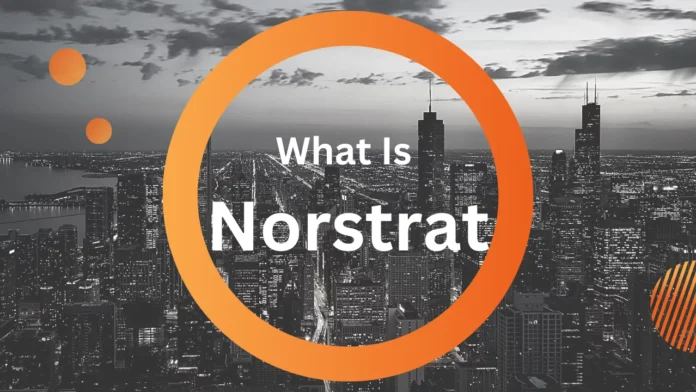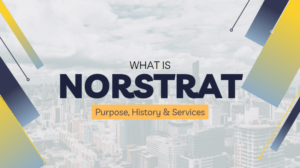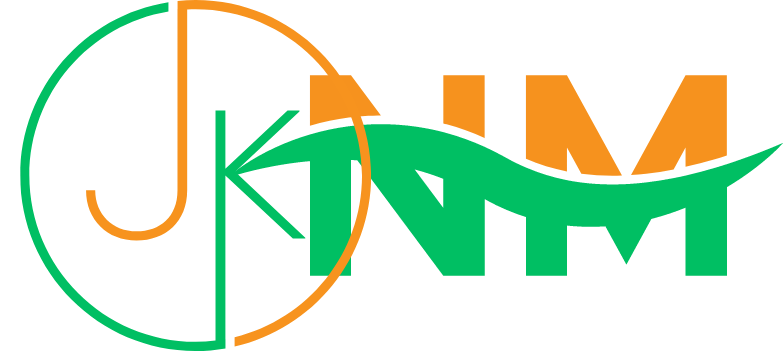In today's fast-paced business environment, it's crucial for organizations to have a solid risk management plan in place. One strategy that has gained popularity in recent years is called Norstrat, which stands for "normalized strategic risk".
This approach focuses on identifying and analyzing potential risks and then taking proactive measures to mitigate or eliminate those risks.
What Is Norstrat?
Norstrat is a strategy for risk management and decision-making that involves four main steps:
- identifying potential risks,
- analyzing those risks,
- developing risk management plans, and
- continuously monitoring and reviewing those plans.
The goal of Norstrat is to proactively address potential risks in order to minimize their impact on an organization.
This approach can be used by businesses, government agencies, and other organizations to increase their chances of success and ensure their resilience in the face of potential disruptions.
By identifying potential risks and developing plans to mitigate or eliminate them, organizations can better prepare for and respond to unexpected challenges.
Also, Read :9 Easy Steps To Change Email On Instagram
4 Main Steps Of the Norstrat Process
The Norstrat process involves four main steps:
-
Identify potential risks: The first step in the Norstrat process is to identify all the potential risks that could impact an organization. This includes both internal and external risks, such as market changes, financial instability, and technological disruptions.
-
Analyze risks: Once the potential risks have been identified, the next step is to analyze each risk in terms of its likelihood and impact. This allows organizations to prioritize the risks that need to be addressed first and allocate resources accordingly.
-
Develop risk management plans: After analyzing the risks, organizations can then develop specific plans to mitigate or eliminate those risks. These plans may include changes to business operations, purchasing insurance, or implementing new technologies.
-
Monitor and review: The final step in the Norstrat process is to continually monitor and review the risk management plans to ensure they are effective and to make any necessary updates.
Key Benefits
One of the key benefits of using the Norstrat approach is that it allows organizations to proactively address potential risks, rather than reacting to them after they occur.
This can help to minimize the impact of risks on the organization and ensure that the organization remains resilient and successful.
Also Read : Should We Trust Cryptocurrencies? - Risks and Benefits
Facts About Norstrat
Here are a few facts about Norstrat:
-
Norstrat stands for "Normalized Strategic Risk"
-
The Norstrat process involves four main steps: identifying potential risks, analyzing those risks, developing risk management plans, and continuously monitoring and reviewing those plans.
-
The goal of Norstrat is to proactively address potential risks in order to minimize their impact on an organization.
-
It can be used by businesses, government agencies, and other organizations to increase their chances of success and ensure their resilience in the face of potential disruptions.
-
The Norstrat approach can be used to identify and analyze a wide range of risks, including financial, market, technological, and operational risks.
-
By implementing a its strategy, organizations can better prepare for and respond to unexpected challenges, helping to ensure their long-term success.
Also, Read : Ratcoin Elon Musk: A Guide to the Cryptocurrency's Features, Use, and Controversies
Norstrat Consulting
Norstrat consulting is a type of professional service that helps organizations implement the Norstrat strategy for risk management and decision-making. This typically involves working with organizations to identify potential risks, analyze those risks, develop risk management plans, and continuously monitor and review those plans.
It may use a variety of tools and techniques to help organizations identify and analyze risks, including risk assessments, scenario planning, and data analysis. They may also provide guidance on how to develop and implement effective risk management plans, including recommendations on how to allocate resources and implement changes to business operations.
Conclusion
In conclusion, the Norstrat strategy is a powerful tool for risk management and decision-making.
By identifying, analyzing, and addressing potential risks, organizations can increase their chances of success and minimize the impact of disruptions.








